Many of the things we see on a daily basis are foreign to us and most of us don’t know what they are really for. We’ve investigated and uncovered the secrets of some of them. Here they are:
The hanging loop on the back of your shirt
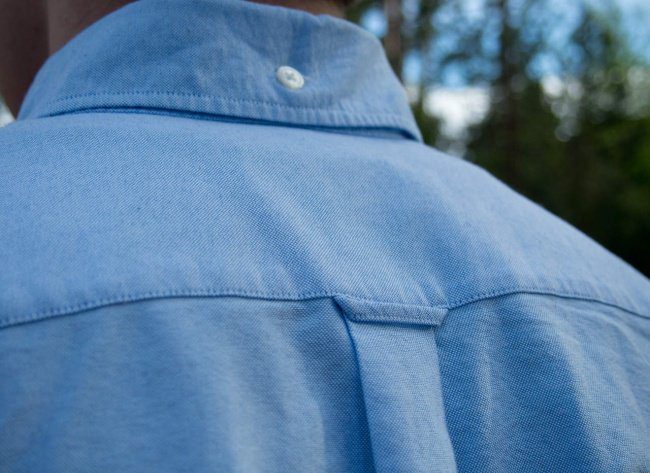
The obvious reason is for hanging up your shirt. The second reason may be that during the era of removable shirt collars and handkerchiefs, it’s intent was to somehow help fasten a tie. The third reason: a student at an American university is said to have removed the loop from his shirt when he started dating a girl, to show that he was unavailable. His girlfriend in turn, started to wear a scarf with the emblem of his university on it.
The cylinder on your laptop’s power cable
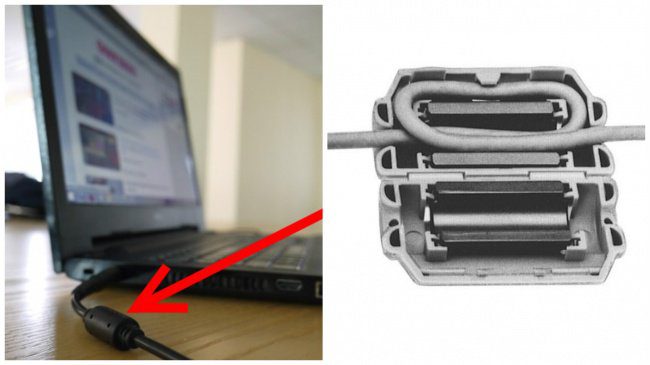
We’re sure you’ve noticed this little thing when using a laptop. This small but very important device is called a “ferrite bead.” This suppresses high-frequency noise in electronic circuits. Its design has an insert made from ferrite which the cable is wrapped around.
The tiny hole in the window of a plane
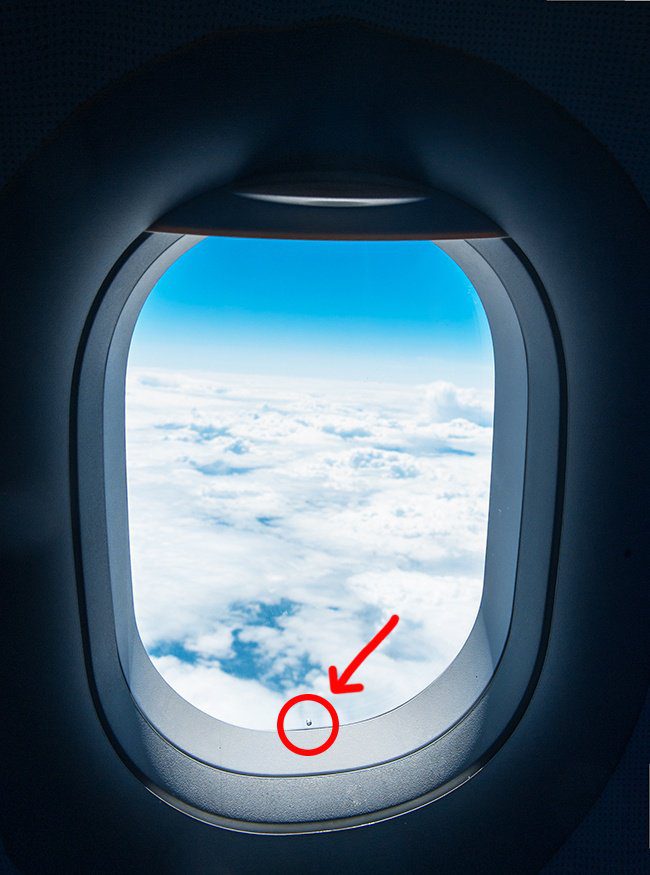
Two pieces of plastic glass (perspex) are used to make the window panes in airplanes. If the inner glass pane was on it’s own, it could potentially shatter because of the significant difference in pressure between the plane cabin and the outside. The tiny hole allows air to move between the cabin and the area between the two panes, thus equalizing the pressure between them.
The blue part of your eraser
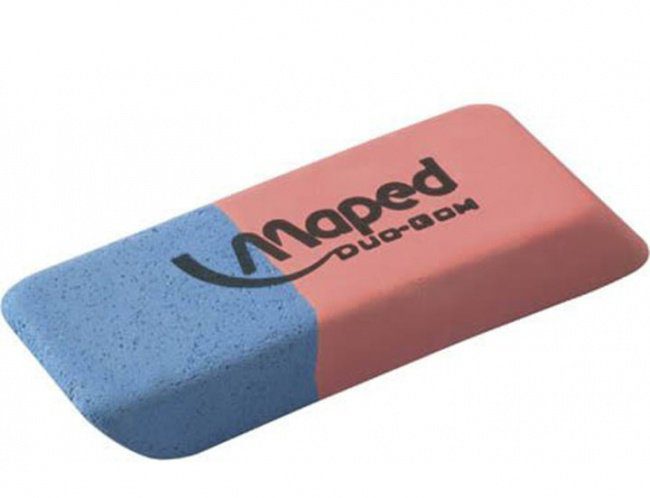
Ask anyone why there’s a blue part on your eraser, and they’ll probably say that it’s to remove pen marks. But this isn’t quite true. It was originally intended to remove markings from thick paper. The pink part can often leave traces of what was written behind on the paper, whereas the blue part generally gets rid of everything. Producers of erasers soon found that people didn’t quite understand its true purpose, and so they started promoting the use of the blue part of the eraser for its new-found purpose of removing pen marks. They even went so far as to sometimes label it with the image of a pen.
The horizontal buttonholes on your shirt
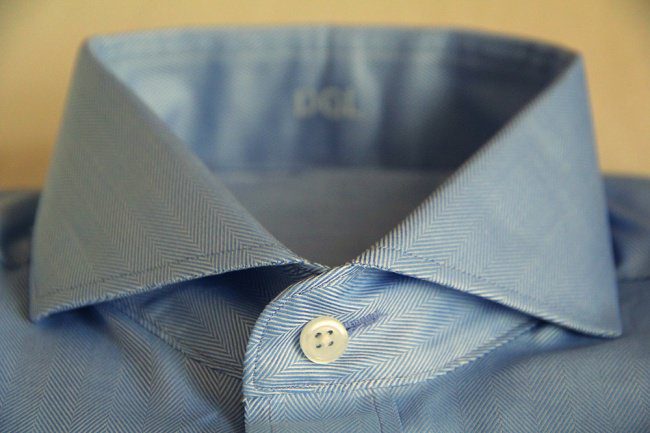
Why are the buttonholes for the uppermost and lower buttons horizontal, while all the others are vertical? First, they are more likely to come undone, while a horizontal buttonhole makes this less likely compared to a vertical one.
The extra eyelets on your sneakers
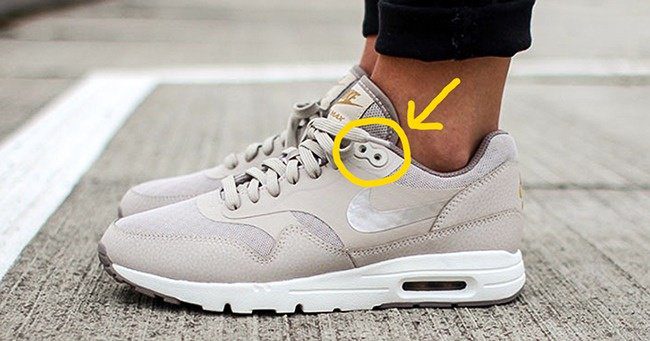
The extra eyelets at the top of your running shoes serve a very useful purpose: they’re meant to fix the shoes in place on your feet and prevent them from rubbing your ankles.
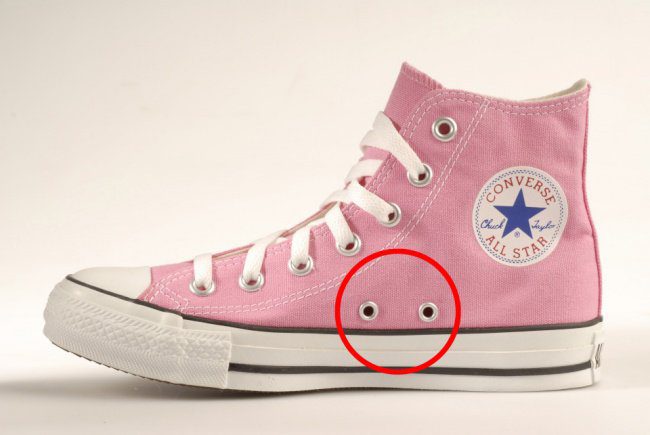
You might notice two extra holes on the inside of Converse trainers. They are meant to make the fit snugger and also add ventilation to the shoe.
The hole in a spoon for spaghetti
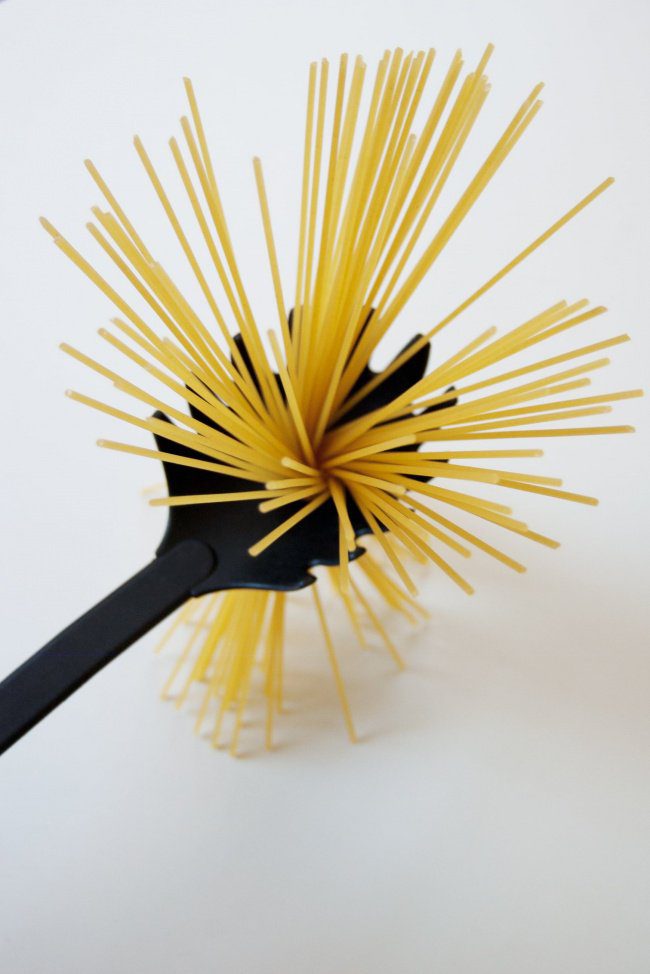
The hole in a spaghetti spoon was designed to measure out the correct amount of pasta needed for one portion.
The small pocket and rivets on your jeans
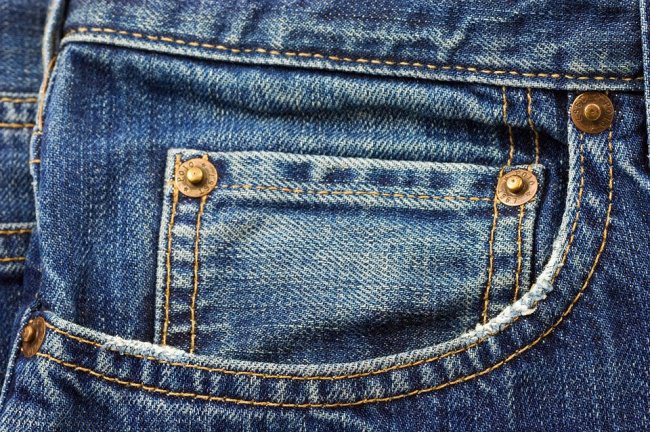
It first appeared on Levi’s jeans way back in 1873 and it’s original purpose was meant to be used for pocket watches. The manufacturers still officially referred to as a ’watch pocket.’
As for the rivets, the first pairs of jeans were worn by laborers, and as they worked the physical labor caused their trousers to fall apart quickly. The solution was studs strengthening the areas that endured the most strain.
The hole at the top of the cap on a ballpoint pen
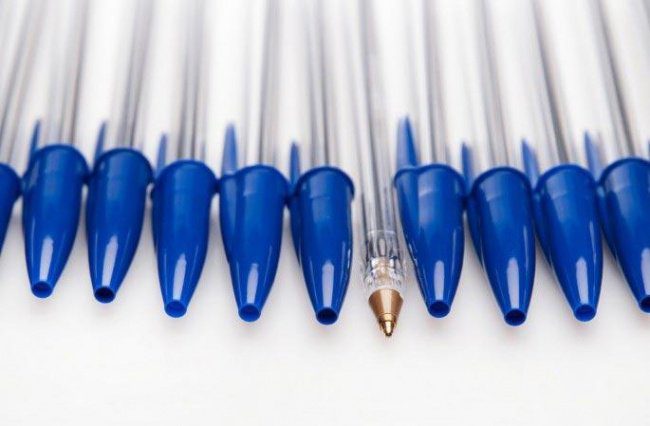
The hole at the top of the pen caps on ballpoint pens is meant to allow air to flow through to the lungs if it gets lodged in a person’s throat. Not really, because if anything gets stuck in someone’s trachea, it will cause the mucous membrane to swell. This gap prevent the cap from getting absorbed into the membrane.
The scrap of material that comes with new clothes
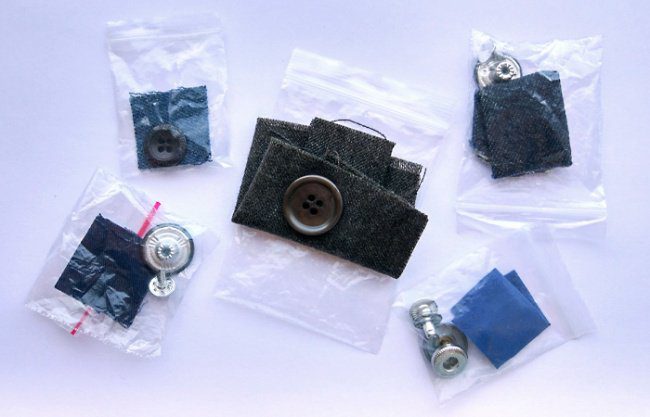
These scraps of material are actually meant to be washed with washing powder or bleach to allow you to check how your new clothes will react to certain kinds of washing/different chemicals.
If you know someone who might like this, please click “Share!”
